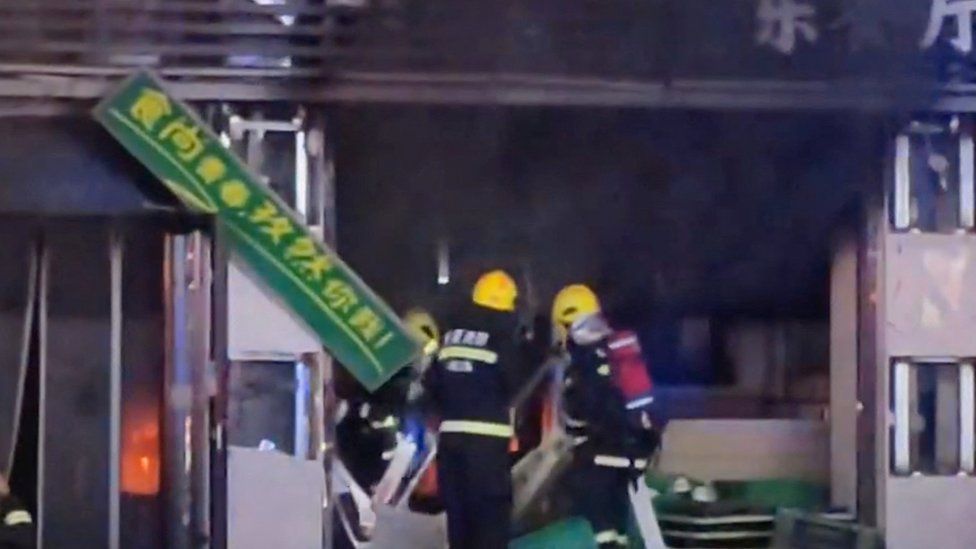Phangnga lithium deposit figures clarified
Government spokesperson apologises for inaccurate information but says any deposit is good news
PUBLISHED : 20 Jan 2024 at 16:31

A government spokesperson has walked back claims that the country was sitting on huge deposits of lithium that could place it among the global leaders for the mineral used in electric vehicle batteries.
Rudklao Suwankiri caused a stir on Thursday when she said that 14.8 million tonnes of lithium had been found in the southern province of Phangnga. If confirmed, it would be “the third-largest reserves of the mineral in the world after Bolivia and Argentina”, she said.
Other government departments and academic experts were quick to point out that the figure of 14.8 million tonnes represents the rocks that contain lithium, the concentration of which was believed to be around 0.45%.
Ms Rudklao on Saturday acknowledged the error in a post on the government website, saying she had simply wanted to pass on some “good news” about the mineral discovery.
She quoted the Department of Primary Industries and Mines as saying that the earlier report was a misunderstanding, as the discovery confirmed availability of mineral resources and not purely lithium resources.
Even in the concentrations noted by the experts, she added, it was possible that enough lithium could be extracted to produce one million batteries with a capacity of 50 kWh, the type used in an average EV.
“The discovery of 14.8 million tonnes of mineral resources is still good news for all Thais,” Ms Rudklao said on Saturday.
“Because no matter how much lithium there is, the presence of important mineral resources in the country — whether it is lithium ore, sodium ore or potash ore — all play an important role in creating stability for the country because it helps reduce imports and increases self-reliance for Thai people.”
The Department of Primary Industries and Mines has granted special licences to explore for lithium in three areas in Takua Thung district of Phangnga. Two of them are in Ruang Kiet and Bang E-Thum. The former was part of a major tin mining region up until the mid-1980s.
Two Australian companies — Pan Asia Metals and Matsa Resources — are active in the area. They have detailed their preliminary findings on their websites, though commercial exploration, extraction and processing might take quite some time to materialise.
Having viable lithium deposits would be highly beneficial to Thailand, which is rapidly becoming a production base for EVs and would like to have a complete supply chain to further strengthen the country’s appeal to automotive investors.




















